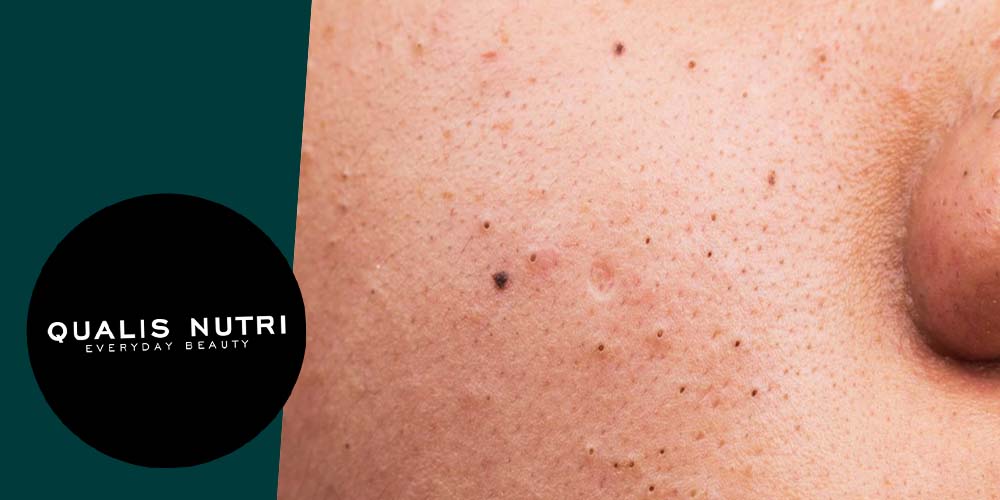We do shipping of our products WORLDWIDE.
ALL OUR PRODUCTS ARE PACKED BY VISUALLY HANDICAPPED
100% NATURAL PLANT SCENT ESSENTIAL OILS

Blackheads are very easy to find. As an open pimple, these blackheads on the skin’s surface appear black as they change color due to oxidation when exposed to air.
There are various types of black spots that can appear on the skin and are commonly mistaken for acne. Instead, they are called sebaceous glands!
Our skin is covered with hair-you probably have experienced peach fluff on your face. Each hair follicle contains this hair and sebaceous glands, and the sebum (oil) naturally moisturizes the skin.
This is where the sebaceous glands come in: The sebaceous glands, composed of triglycerides, wax esters, and squalene, are located in the lining of the pores, and their main function is to maintain the flow of sebum along this lining towards moisturizing the skin.
For many, the sebaceous glands are not particularly noticeable. These fibers are only visible when the lining of the pores is filled with sebum.
However, in oily skin and others with enlarged pores, sebum-like acne may be more noticeable, but it is light gray or brown instead of black.

Although sebaceous filaments and blackheads look identical, they behave extremely differently.
Sebaceous filaments ensure that oil flows smoothly to the skin and does not clog the pores.
Excess sebum, when combined with dead skin cells, debris, and germs, can clog pores and cause the creation of darker blackheads.

Because the sebaceous glands are more concentrated over the nose and forehead, they are also more vigorous.
You can pluck those small gray spots but not eliminate them. They are a natural feature of your pore structure and will be regenerated after 30 days.
You can keep your pores clean and clear of excess sebum and debris by following a regular washing and exfoliation regimen.
This permits you to absorb oil without clogging your sebaceous glands and causing discoloration.
To unclog the pores, the best method is to apply a face scrub or treatment. Because it can leap over your skin’s oils and enter deep into your pores, Salicylate Cleanser is ideal for removing all dirt, bacteria, and dead cells that block them.
Salicylic acid effectively dissolves the natural sebum that forms sebum threads in these pores.
Use Resurfacing Acne Wipe to combine salicylic acid with other exfoliating acids such as glycolic acid and lactic acid.
Minimal effort to eliminate dull skin, brighten skin, and keep pores clean with pre-soaked round-aka.
Resist the impulse to pick at or pinch sebaceous glands or acne. They can aggravate the situation by spreading bacteria and dirt, causing inflammation and irreversible scarring. Consult a dermatologist if you are unable to remove your fingertips from your face.
If you must extract, consider using medicated acne extractor for the safe and gentle treatment of blackheads and sebaceous glands.
Recent Comments